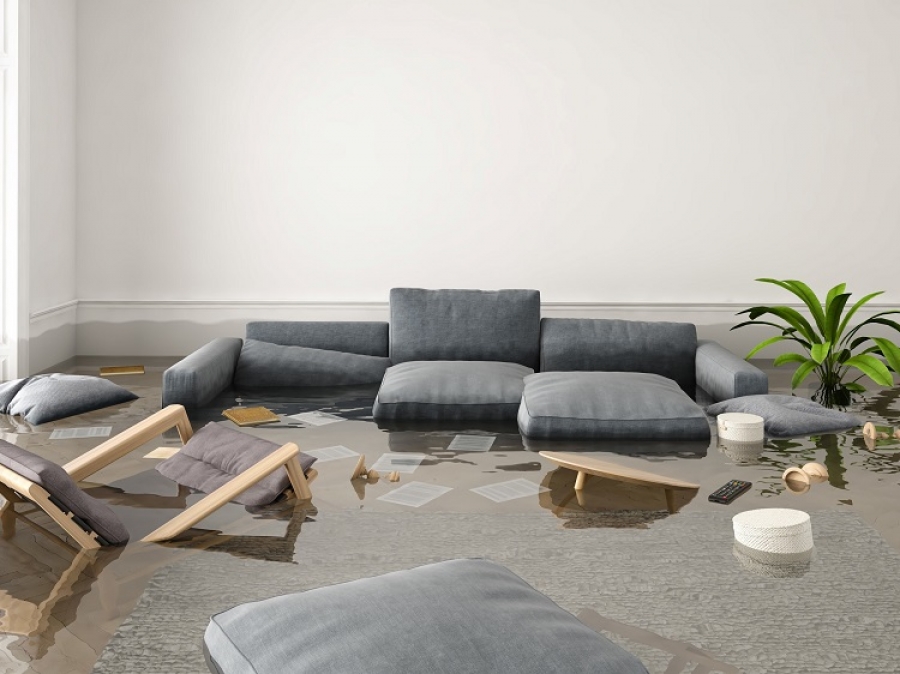
5 Water Damage Tips to Make Cleanup Easier
Water gives us life, but it can also take life and ruin everything in its path. Discover the best water damage cleanup tips here.
Did you know that 14,000 people per day are faced with a water damage emergency in the United States every day!?
If you’re faced with the aftermath of water damage, it can feel daunting.
But you’re not alone.
Armed with the following water damage cleanup tips and some help from professionals, you can start the process of returning your home or business to normal.
Here’s what you’ll need to do.
- Do a Full Survey of the Area
No matter how tempting it might be to turn on fans or heaters to dry things out, do not use any electrical appliances.
In fact, unless you are in standing water, turn off all power. You should also shut off the water.
Look for foundation cracks, broken pilings, shifted stairs, slanted floors, and crooked walls.
Do not walk on sagging floors or floors above sagging ceilings. And if you smell gas at all, get out of the area and call the gas company immediately.
During all of this, beware of rodents, snakes, and insects that may have washed in with floodwater.
- Eliminate the Water
Doing this as soon as possible is the most important step in preventing mold growth. That’s why the experts at The Flood Team – Water Clean-up & Drying Service recommend that you contact professionals to help you through this entire process.
Start with whatever means necessary.
Use buckets, brooms, mops, and towels to soak up as much water as you can.
If the sewers in your area are open, you dispose of the water by pouring down the drain. If not, pour the excess water on your yard or any other area that will absorb it.
- Protect Yourself
It’s crucial that throughout this process you wear protective clothing. Put on boots and rubber gloves to protect your hands and feet from potentially filthy water.
And be sure to wash your hands frequently with soap and water.
Any drywall, insulation, or fabric wall coverings that have made contact with floodwater should be put in the garbage since they could harbor mold.
Also dispose of any exposed food (including canned goods), beverages, and medications. Throw out all soft plastics.
- Move Furniture, Rugs, and Small Objects
If possible, remove all small furniture from any affected area as soon as possible.
For furniture that’s too big or heavy to move, place wood blocks or aluminum foil between the wet floor and the legs of the furniture to avoid leaving marks from wood stain or metal.
Remove area rugs and place them outside to dry.
And place small items such as books, documents, and photographs in re-sealable bags and put them in the freezer so they can be cleaned later.
- Disinfect
Once everything is dry, spray a powerful disinfectant on everything (including wooden beams, insulation, drywall, etc.) to ensure there are no bacteria left over from the sewer or bathroom pipes.
The disinfectant will also form a thin protective coating that will eliminate any mold spores that may have taken root, and keep further mold from growing.
Water Damage Cleanup Tips Keep You Safe
We hope the above water damage cleanup tips help you to more easily and effectively get rid of any excess water in your home in or business.
It’s dirty work. But someone has to do it.
And for more expert advice on keeping your home at its absolute best, keep checking back with us.
